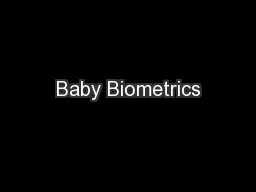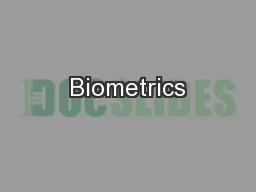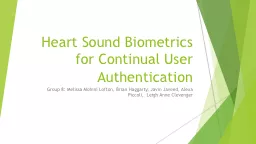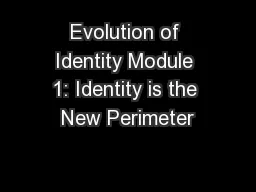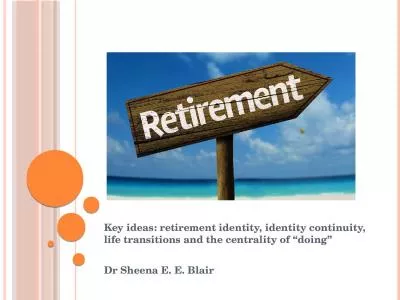PDF-Digital identity registration and biometrics
Author : scarlett | Published Date : 2021-10-02
36New technologies are now seen as a crucial element of development and humanitarian aid initiatives Indeed the aid community has often heralded technology as the
Presentation Embed Code
Download Presentation
Download Presentation The PPT/PDF document "Digital identity registration and biomet..." is the property of its rightful owner. Permission is granted to download and print the materials on this website for personal, non-commercial use only, and to display it on your personal computer provided you do not modify the materials and that you retain all copyright notices contained in the materials. By downloading content from our website, you accept the terms of this agreement.
Digital identity registration and biometrics: Transcript
Download Rules Of Document
"Digital identity registration and biometrics"The content belongs to its owner. You may download and print it for personal use, without modification, and keep all copyright notices. By downloading, you agree to these terms.
Related Documents


